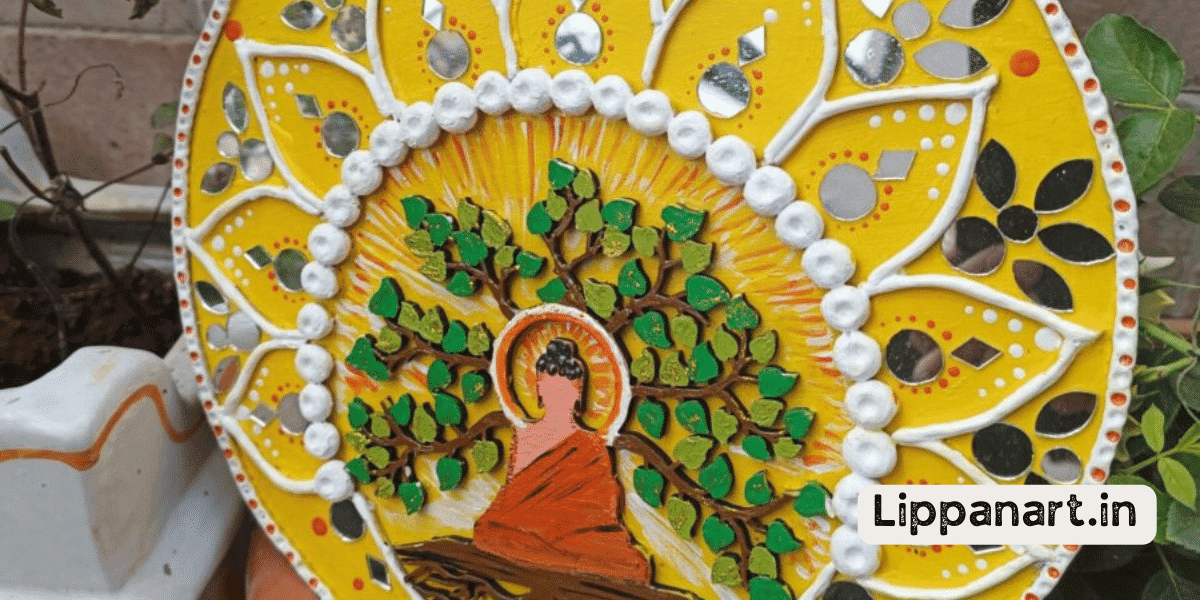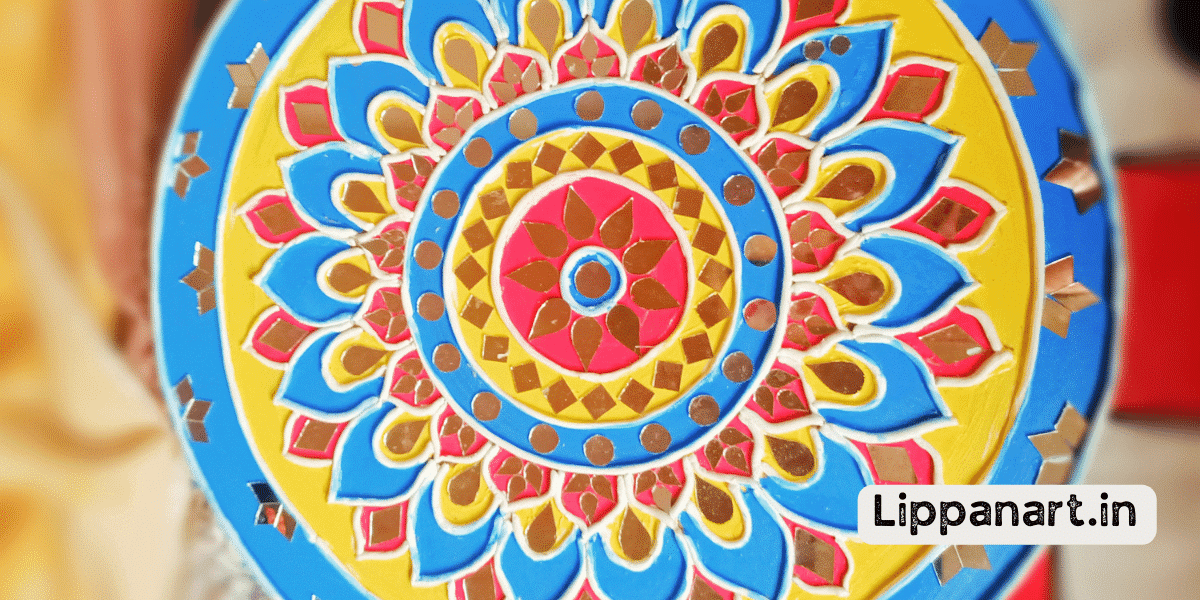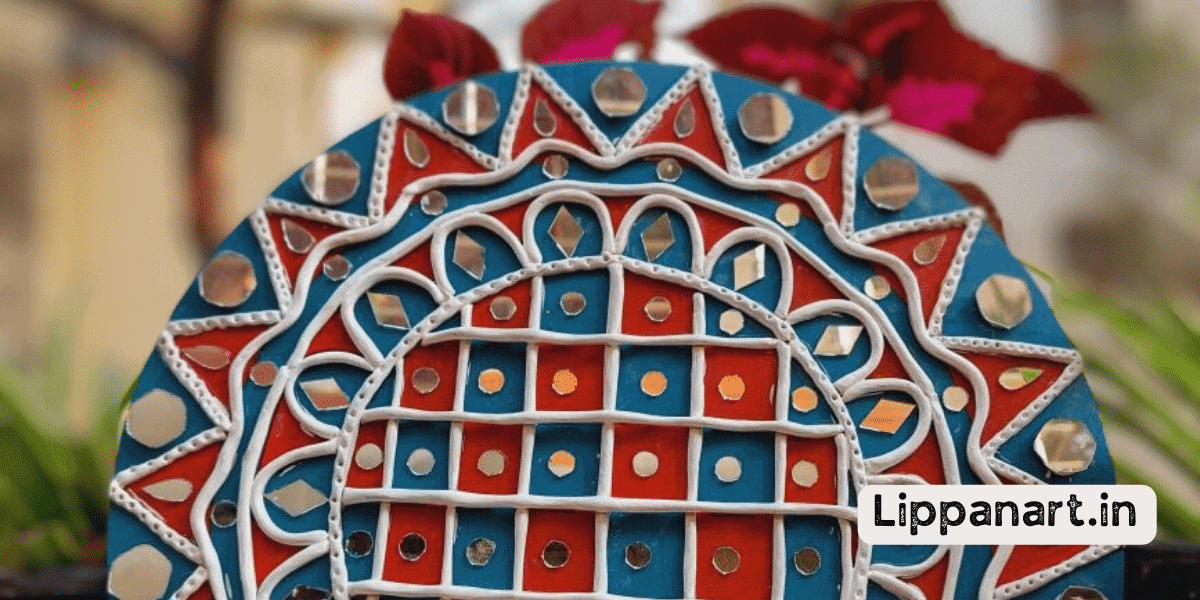Let your creative juices flow! There’s no need to feel stuck or uninspired in art. Whether you’re a beginner or a master artist, finding new ideas for your artwork can be easy and fun.
This article provides tips to discover innovative ideas for your next masterpiece. So, let’s dive right in and get started!
Brainstorming Techniques
Brainstorming is a great way to come up with ideas for art. Whether you’re a rookie artist or a veteran, fostering creativity and exploring different techniques is important.
Collaborating with others is a great way to get fresh perspectives and ideas. Experimenting with colours and textures can also lead to new and innovative ideas. Additionally, seeking feedback from peers or mentors can also provide valuable insight.
Exploring Other Art Forms
Exploring other art forms can help spark creativity and fresh perspectives. Embrace the opportunity to play and explore new concepts by experimenting with colour, form, light, texture, and scale.
Immerse yourself in the art world and let it take you to new places. Try using colour to create bold and vibrant compositions, or experiment with form to give your artwork a unique look. Observe how light interacts with shapes and textures, and see how it can add depth and dimension to your pieces. Create contrast by playing with texture and experimenting with scale.
Expand your horizons by exploring various art forms and taking bits and pieces to create something new. Let yourself be inspired and use your newfound knowledge to create amazing works of art.
Drawing Inspiration From Nature
Drawing inspiration from nature can be a great way to add fresh ideas to your artwork. Experimenting outdoors and looking for texture, colour, and shapes can be a great way to get the creative juices flowing. You can observe wildlife for unique patterns or find shapes in the rocks and trees. Why not experiment with different colours to see how they look in the natural environment?
| Visuals | Texture | Colour |
|---|---|---|
| Leaves | Crisp | Greens |
| Rocks | Smooth | Brown |
| Water | Refreshing | Blue |
| Sunsets | Warm | Reds/Oranges |
| Grass | Soft | Green/Yellow |
From the vast array of nature’s beauty, you can find so much to be inspired by to create your works of art. You can use the things you’ve observed to give your artwork an emotional response from your audience. You can discover new techniques by experimenting with nature’s unique textures, shapes, and colours. Get out there, explore what nature offers, and document what you find.
Researching Art History
Delve into art history and uncover past artists’ various styles, movements, and techniques.
Exploring the cultural context of a particular artist or period can provide valuable insight into traditional techniques and tools and equip you with the knowledge to create something fresh and innovative.
Art criticism can help you identify and appreciate modern trends and those from the past.
Researching art movements, such as abstract expressionism or fauvism, can inspire you to create something unique.
Get creative, be bold, and experiment with different techniques and materials.
You might be surprised at the results!
Exploring Emotions and Feelings
Expressing emotions through art can powerfully connect individuals.
First, try listening to music, discussing dreams, watching films, and reading poetry. These activities can help you explore your inner landscape and spark creativity.
Reflecting on life experiences can also help uncover personal feelings and emotions that can be expressed through art. Take notes and document your thoughts and feelings – they can be a foundation for your art.
Consider using colours, shapes, and symbols to convey emotions visually. Feel free to experiment and use different mediums to explore your emotions and feelings.
Create art that connects with your audience and effectively communicates your message.
- Editor’s Choice
- Best Seller
- Amazon Choice
Looking for Patterns and Repetition
Now that you’ve explored the depths of your emotions and feelings, it’s time to start looking for patterns and repetition in the world around you.
Start by exploring symmetry in the objects around you. Examine the texture of fabrics or natural things like rocks or leaves. Observe how the light changes the way an object looks or how different elements of a painting or sculpture come together. Appreciate the contrast between tones, shapes, and colours.
Analyze the shapes of buildings, trees, animals, or other objects. You can create something unique and innovative as you look for patterns and repetition.
Finding Inspiration in Everyday Objects
Exploring everyday objects can help you find inspiration and create something unique. Embrace imperfection and challenge yourself to see the beauty in the mundane. Abstract reality by zooming in on unnoticed details and seeking symbolism in the familiar. Experiment with colour and texture, integrating them to bring your vision to life.
Here are 4 ways to make the most out of everyday objects when searching for creative ideas:
- Look for the unexpected. Please take a closer look at everyday items and find the patterns and details that make them unique.
- Play with perspective. Try to create new angles and views that aren’t normally seen.
- Look for relationships. Find connections between separate objects and see how you can combine them meaningfully.
- Be inspired by the unfamiliar. Even if it’s something you’ve never seen, it can spark an idea you can use in your art.
Finding inspiration in everyday objects can be a great way to kick-start your creativity. Embracing imperfection, abstracting reality, seeking symbolism, experimenting with colour, and integrating textures can help you create something unique.
Taking Advantage of Technology
Technology can provide numerous tools to help take your art to the next level. Technology can offer you various opportunities to express your creativity in unique and exciting ways. Virtual galleries, online tutorials, and digital tools can provide aspiring artists with a wealth of knowledge and insight. By exploring augmented reality, you can create art that stands out.
| Tool | Benefit | Example |
|---|---|---|
| Virtual Galleries | Connect with peers | ArtStation |
| Online Tutorials | Learn techniques | Skillshare |
| Digital Tools | Create with ease | Procreate |
| Augmented Reality | Express yourself | HoloLens Art Gallery |
With these tools, you can easily generate new ideas for your artwork. From exploring other artists’ work to learning new techniques to creating your projects, technology can help you find the perfect inspiration for your art. Whether a beginner or a professional artist, technology can help you enhance your art in ways you never thought possible.
Trying a New Medium
Trying a new medium can greatly expand your artistic repertoire and push your creative boundaries. Whether exploring colour with oil paints, creating texture with charcoal, experimenting with shape using clay, or observing perspective through photography, embracing a new art form can be a rewarding experience.
Here are four ways to get started:
- Do your research. Please familiarize yourself with the basics of the medium, whether it’s through books, online tutorials, or classes.
- Collect inspiration. Gather images and ideas that inspire you, whether from nature or other works of art.
- Experiment. Start small and let your imagination guide you. Be bold and try new techniques.
- Keep learning. Once you’ve mastered the basics, don’t be afraid to challenge yourself and keep learning. Keep exploring the medium’s possibilities and its potential to create something unique and creative.
Creating an Inspiration Board
Creating an inspiration board is a great way to curate and organize visual inspiration for your next project. It doesn’t matter if you’re a beginner or a pro; you can use an inspiration board to help you create unique art.
You can search for images on social media, look for colour theory examples, find abstract shapes, explore texture techniques, and look for inspiration from historical art movements. You can create an inspiration board to help you develop your creative ideas using these elements.
Start by looking for visuals that capture your attention. Think about how the colours, shapes, textures, and art movements can be used to express your ideas. As you explore different elements, try to think outside the box. You don’t have to be confined to a single medium. Experiment with different media and techniques to create an inspiration board that reflects your creative vision.
Once you’ve gathered your images, start arranging them into a cohesive design. Ensure the colours, shapes, textures, and art movements are arranged to express your unique artistic vision. You can also add personal touches like sketches, notes, and quotes. This will help you create a unique inspiration board to refer to when developing ideas for your next project.
Conclusion
Your creative ideas are waiting to be discovered!
Brainstorming techniques, exploring other art forms, and drawing inspiration from nature are all great ways to get the creative juices flowing.
Researching art history, exploring emotions and feelings, and finding inspiration in everyday objects can also help spark new ideas.
Taking advantage of technology, trying a new medium, and creating an inspiration board are additional methods that can enhance your creativity.
So, why not get started and see what ideas you can come up with? Who knows, you may find yourself creating the next great masterpiece!














